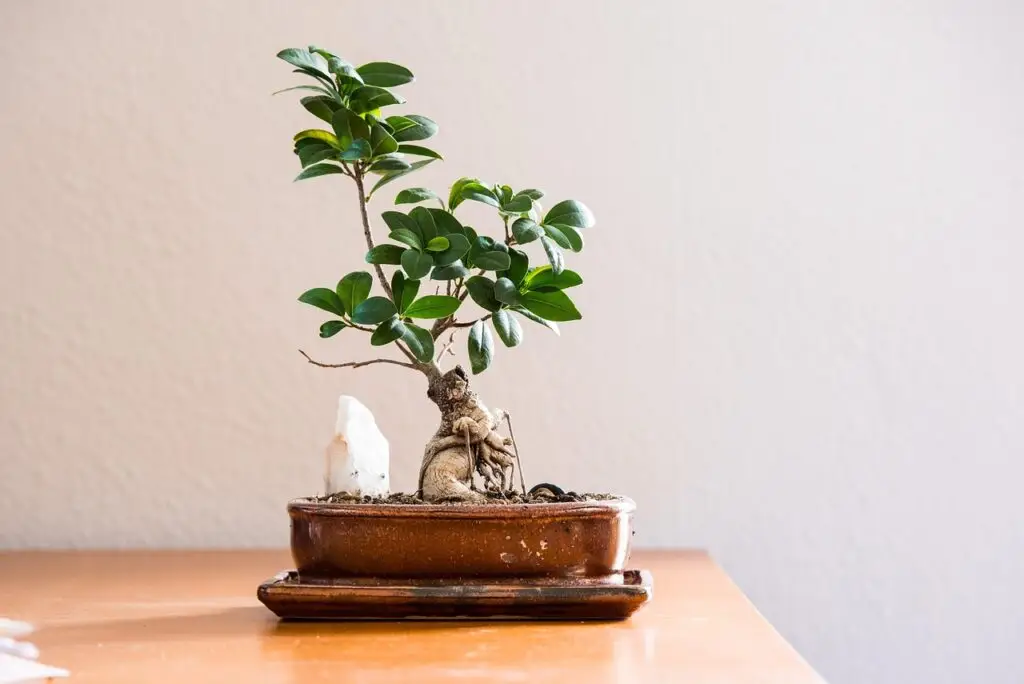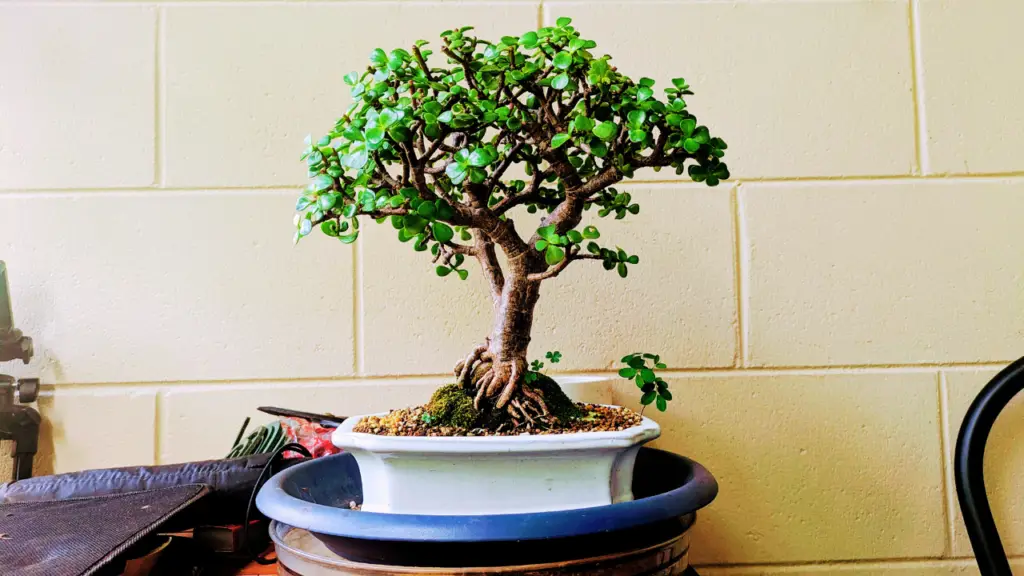Chinese Elm Bonsai Care Guide
Quick Overview
| Trait | Details |
|---|---|
| Skill Level | Beginner |
| Best Climate | Temperate / Indoor or Outdoor |
| Light Needs | Full sun to partial shade |
| Watering | When topsoil feels slightly dry |
| Growth Style | Fast-growing, adaptable |
Introduction
Chinese Elm bonsai trees are one of the most forgiving and rewarding species for beginners. Known for their small serrated leaves and elegant branch structure, they can be grown both indoors and outdoors depending on the climate. With proper care, they develop a beautifully aged bark and tolerate a wide range of conditions.
Care Essentials
Light
Thrives in full sun outdoors but adapts well to bright indoor lighting. If grown indoors, place near a south-facing window or provide supplemental grow lighting.
Watering
Water thoroughly when the top layer of soil begins to feel dry. Avoid letting the soil completely dry out or become waterlogged.
Soil
Use a well-draining bonsai soil. A mix of akadama, pumice, and a small amount of organic compost is ideal.
Fertilizer
Feed with a balanced liquid fertilizer every 2–4 weeks during spring and summer. Reduce to once a month during autumn and skip winter unless under grow lights.
Repotting
Repot every 2 years in early spring before new growth appears. Trim about one-third of the roots and refresh the soil.
Pruning & Shaping
Regular pruning helps maintain its shape and encourages fine branching. Trim shoots after they develop 6–8 leaves, cutting back to 2–3 leaves. Wiring is safe but monitor closely to prevent bark damage.
Common Problems & Fixes
| Problem | Likely Cause | Fix |
|---|---|---|
| Leaf curl or browning | Underwatering or heat stress | Water more consistently and avoid hot drafts |
| Sudden leaf drop | Environmental changes | Keep lighting, temperature, and location stable |
| White fuzz or pests | Spider mites or mildew | Use neem oil or insecticidal soap |
FAQs
Can I grow Chinese Elm indoors?
Yes, but it requires bright light and regular air circulation. It’s generally hardier and more vigorous outdoors.
Is Chinese Elm bonsai deciduous?
Yes, in colder climates it will lose its leaves in winter. In warmer indoor settings, it may stay evergreen.
Is it good for beginners?
Absolutely. It’s one of the best beginner-friendly species due to its tolerance and fast recovery.
Explore More Bonsai Wisdom — All Articles
Take the next step on your bonsai journey. Below you’ll find every article we’ve published, thoughtfully grouped for easy discovery.



